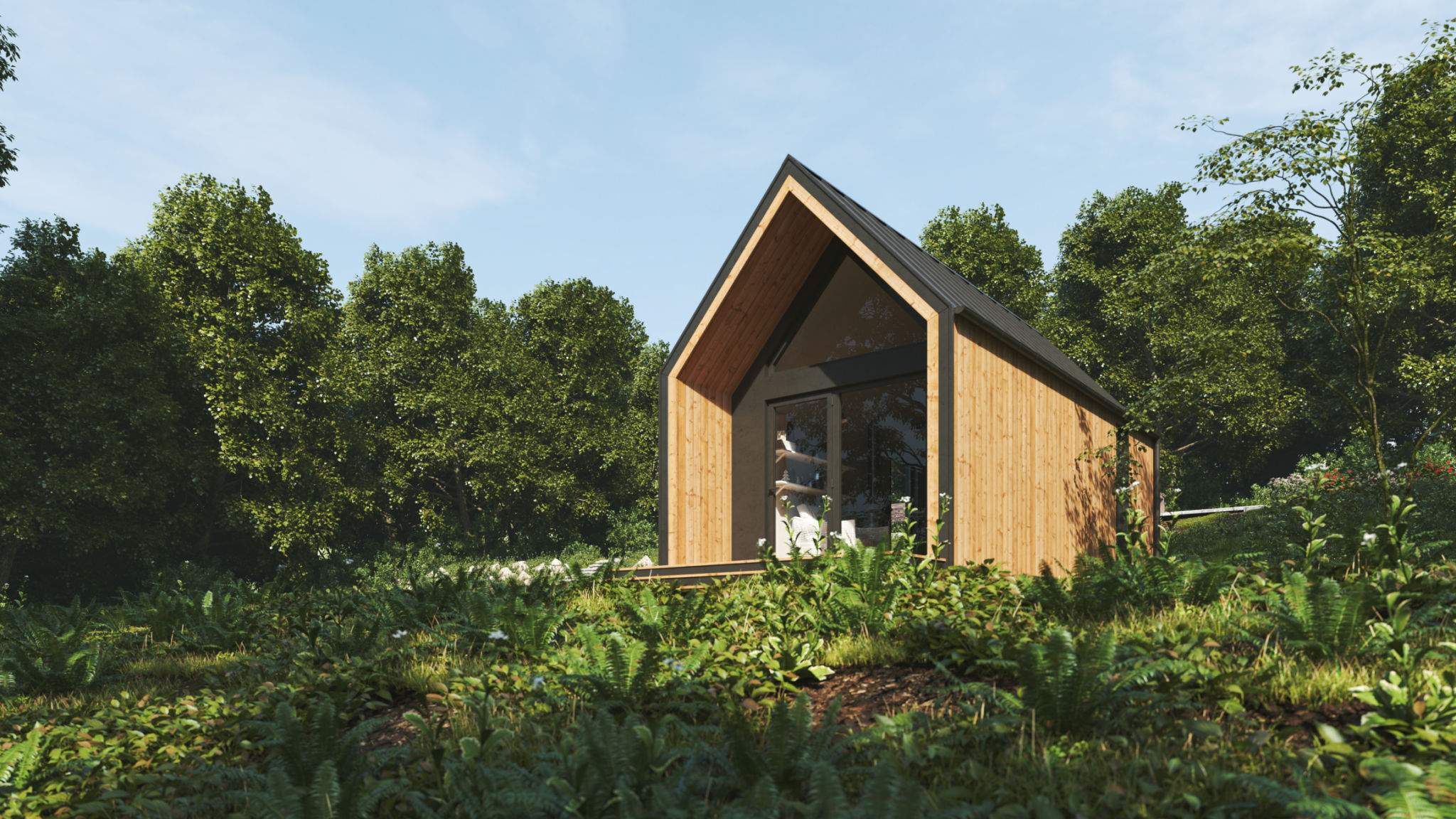Comparing Container Homes to Traditional Housing: Which is Right for You?
Introduction to Container Homes and Traditional Housing
As the world becomes more environmentally conscious, innovative housing solutions like container homes are gaining popularity. But how do they stack up against traditional housing? Both options have their pros and cons, and the right choice depends on your specific needs and lifestyle.
Container homes, made from repurposed shipping containers, offer a modern and eco-friendly alternative to conventional houses. On the other hand, traditional homes have stood the test of time, providing stability and familiarity. Understanding the differences between these two can help you make an informed decision.

Cost Considerations
One of the most significant factors in choosing between container homes and traditional housing is cost. Container homes are often more affordable, primarily due to their lower material costs and shorter construction times. This affordability makes them an attractive option for budget-conscious buyers or those looking to downsize.
Traditional homes, however, tend to have a higher resale value. They are also more likely to appreciate over time, making them a potentially better long-term investment. While initial costs may be higher, the long-term financial benefits could outweigh those of a container home.

Construction and Design Flexibility
When it comes to construction, container homes offer a unique level of flexibility. Their modular nature allows for creative designs and layouts that can be customized to suit personal preferences. Additionally, they can be constructed relatively quickly, often in just a few weeks.
Traditional houses offer a different kind of design flexibility, with a wide range of architectural styles and materials available. While construction times are generally longer, traditional homes provide a broader canvas for personalization and expansions.
Sustainability and Environmental Impact
Sustainability is a key selling point for container homes. By repurposing used shipping containers, these homes reduce waste and minimize environmental impact. Furthermore, they can be equipped with energy-efficient features like solar panels and rainwater harvesting systems.
Traditional housing also offers sustainable options, but these typically require additional investment. Energy-efficient appliances, insulation, and sustainable building materials can make traditional homes more eco-friendly. However, achieving an equivalent level of sustainability can be more costly compared to container homes.

Living Space and Comfort
Container homes are often smaller in size compared to traditional houses. While this can be ideal for minimalists or those looking to simplify their lifestyle, it may not be suitable for larger families or individuals who require more space.
Traditional homes typically offer more living space and are designed with comfort in mind. They often include larger rooms, more storage options, and additional amenities like garages or basements, catering to a variety of lifestyle needs.
Conclusion: Which Is Right for You?
The choice between container homes and traditional housing largely depends on your priorities. If cost savings, quick construction, and sustainability are your main concerns, a container home might be the best fit. However, if you value long-term investment potential, living space, and design options, traditional housing could be the better choice.
Ultimately, both options have their unique advantages. Careful consideration of your personal needs and lifestyle will guide you in making the best decision for your future home.
